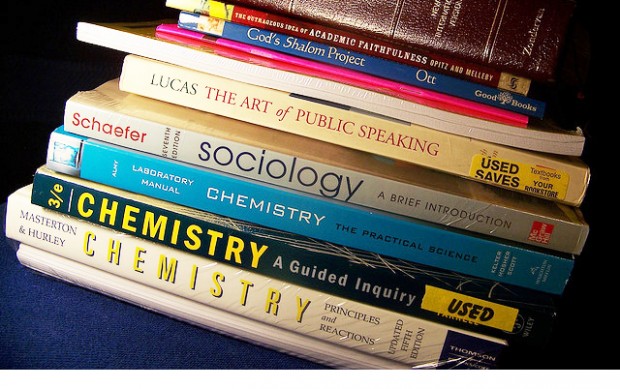Try http://chompchomp.com for online punctuation drills for kids (and adults who are learning English grammar)
• Double dash --
• Two hyphens put together
• Stops action in sentence
• Makes the reader stop for a moment
• Creates a break in the flow of ideas to help focus on each thought.
• It’s hard to believe—but it works—no matter how strange it seems—because the facts—bizarre as they are—confirm I’m right.
Brackets and parentheses
• Use the parenthesis (parentheses is plural) to show how an idea is hidden (or otherwise not up-front)
• (It’s hiding an idea in the sentence) that the reader “hears” in his or her mind as they read.
• But if someone is quoted, “Then it’s obvious {for all intents and purposes} that a bracket does the job.”
• “At times, a misquote uses {sic} to show something missing or misspelled.”
Slash away!
• The slash works as an “either/or” component in punctuation.
• It serves the purpose to say “him/her” or “he/she” or “this/that” in a sentence.
Ellipsis dots…just fade away…
• Ellipsis dots show words missing from a quote, speech, or an interruption.
• Use three dots…in the middle of the quote
• Use FOUR at the end of a sentence (one is really the ending period mark), as well as the ending quotation mark.
• “Friends…associates…colleagues…let me tell you a story….”
The colon
• The colon announces something important: “Here’s the most-wanted list.”
• To make a statement: “This grade will get your attention.”
• To say “such as” and use a punctuation mark instead.
• To set off a long quotation from the rest of the text.
• Salutations (To whom it may concern:) or (Dear Aunt Helen:)
• Time (7:20 p.m.)
• Biblical citations (John 3:16)
• Double dash --
• Two hyphens put together
• Stops action in sentence
• Makes the reader stop for a moment
• Creates a break in the flow of ideas to help focus on each thought.
• It’s hard to believe—but it works—no matter how strange it seems—because the facts—bizarre as they are—confirm I’m right.
Brackets and parentheses
• Use the parenthesis (parentheses is plural) to show how an idea is hidden (or otherwise not up-front)
• (It’s hiding an idea in the sentence) that the reader “hears” in his or her mind as they read.
• But if someone is quoted, “Then it’s obvious {for all intents and purposes} that a bracket does the job.”
• “At times, a misquote uses {sic} to show something missing or misspelled.”
Slash away!
• The slash works as an “either/or” component in punctuation.
• It serves the purpose to say “him/her” or “he/she” or “this/that” in a sentence.
Ellipsis dots…just fade away…
• Ellipsis dots show words missing from a quote, speech, or an interruption.
• Use three dots…in the middle of the quote
• Use FOUR at the end of a sentence (one is really the ending period mark), as well as the ending quotation mark.
• “Friends…associates…colleagues…let me tell you a story….”
The colon
• The colon announces something important: “Here’s the most-wanted list.”
• To make a statement: “This grade will get your attention.”
• To say “such as” and use a punctuation mark instead.
• To set off a long quotation from the rest of the text.
• Salutations (To whom it may concern:) or (Dear Aunt Helen:)
• Time (7:20 p.m.)
• Biblical citations (John 3:16)
The semi-colon; a break in a sentence without a comma
* Use them to break up a thought without using a conjunction:
** for, and, nor, but, or, yet
- (The semi-colon replaces both the conjunction itself and the comma that followed)
I often use semi-colons in places where I want a break in a thought process; it helps me (and I hope, the reader) to get closer to an idea
Double-Dash: stops you in your thoughts like hitting the pause button on a remote
- I like double-dash (it looks like --) because it makes you stop reading and think about something. For instance--it's quite noticeable--when you come across them because they grab your attention--and then you can continue.
(Use a parenthesis to hide a thought as though someone was reading your mind but not aloud)
- (I always said a parenthesis looks like you're cupping your hands to speak quietly so no one else hears you except the person you want to know something)
The variation to the parenthesis is the bracket. Brackets are squared and look like [ ].
- To explain further, correct, or comment within a direct quotation: ...
- To alter part of a word, indicating necessary changes from its original form: ...
- To replace parentheses within parentheses
I use brackets in example #1 when I write: "It's easier to hide things [in a bracket] when you're quoting something."
The hyphen mark. THIS one is tough to explain. The closest I can try is "Two things that aren't anywhere alike but connected." I'm using this source because the Purdue University OWL program is really good for academics, grammar rules, and writing.


No comments:
Post a Comment